How to let the atom calm down?
Author:Institute of Physics of the Ch Time:2022.07.30
The atoms or molecules in the material are constantly doing irregular hot movements. The extent of this movement is described by the temperature of the system. The stronger the exercise, the higher the temperature, and the lower the temperature, the lower the temperature.
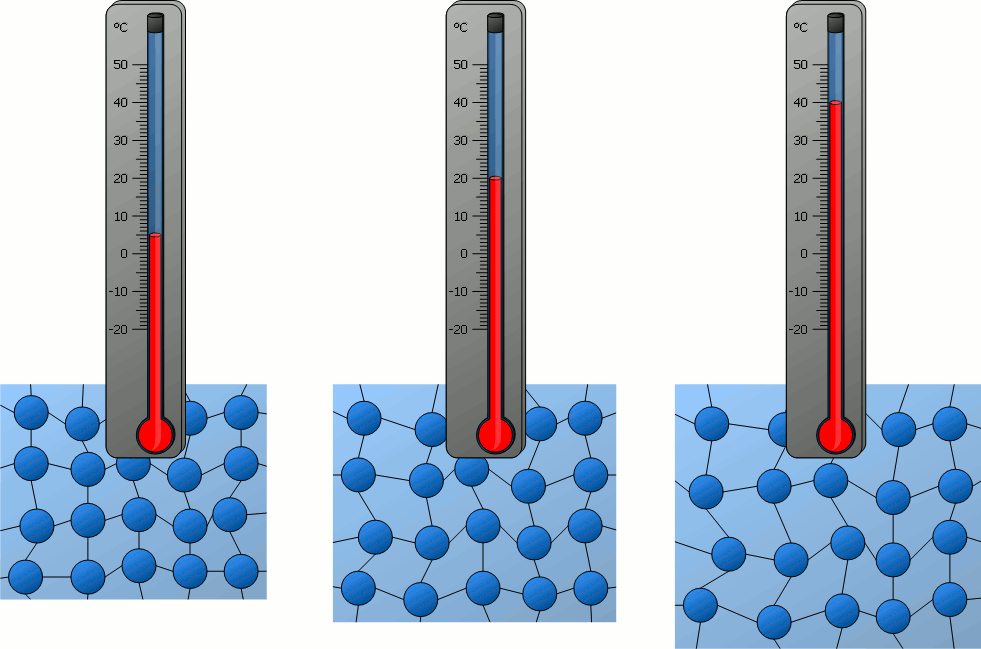
This relationship can be specifically expressed as the average kinetic energy of the particle quality movement on the left. The right side is called Boltzmann constant, but the temperature represented by an absolute temperature mark.
The rule tells us that if the temperature of the object is reduced, as long as the movement of the atoms inside it is as slow as possible.
This makes people think of a Chinese saying: the heart is quiet and cold. It means that when you calm down, you feel cold. And the words "calm" are portrayed in place -cold and quiet are a natural pair.

Temperature itself is a statistical average. This statistical average is only meaningful for a large number of particles. Therefore, only a large number of atoms have temperature, and a few atoms do not have temperature.
However, since the average kinetic energy and temperature equivalent of atomic quality movement, people are used to "slow movement" at the atom as "low temperature", and the matter of "calming the atom" Few.
Under normal circumstances, atoms are always moving, like naughty ghosts jumping around.
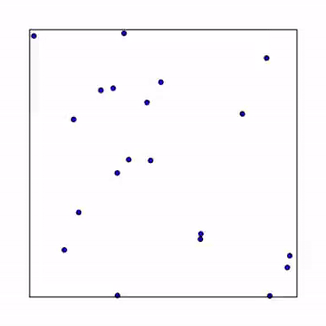
However, for many scientific research, such as atomic clocks, spectral measurement technology, and new forms of observation of substances -Bose Einstein cohesion (BEC), etc., it is important to make the atom to maximize calm down.
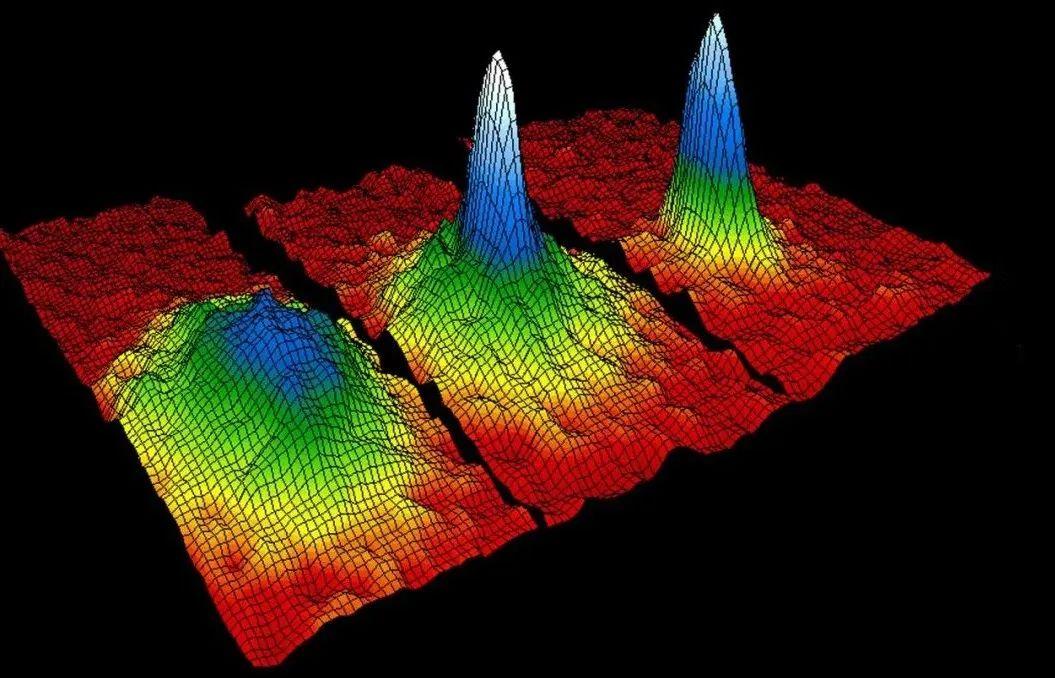
So, is there any way to calm the atom?
Yes, I have! Call down, use a variety of low -temperature technologies! As long as the environmental temperature of the atom is low enough, the atoms are frozen, and they have no strength to move again.
However, to really calm the atom, the temperature needs to be close to the absolute zero, and the general low temperature technology does not meet this requirement at all.
What should I do?
You know, if you want the river to stop, the dam is stopped.
However, the movement of the atoms is messy, different directions, and the speed is fast and slow. To slow down them, it is impossible to have a collective effect on the atom, and the role must be on the atom individual. As you want to destroy the chaotic enemy chariot on the battlefield, all you can do is aim at each of them.
But the atoms are very small. What fine weapons can the effect accurately apply to the atom individual?
Yes, light can do this!
Although light is collectively on the atom, each photon hit various atoms as precisely like a bomb to ensure that it is in place.
For example, atoms are like cars driving on the road, and photons are like flying stones flying over the car. According to the law of constant momentum, just like the car is constantly being hit and the speed is reduced, the atom will gradually slow down because it is constantly being collided by the photon.
However, the problem is that the incident light may slow down the atoms that come on, but it will also accelerate those atoms that are the same as the photon speed. And it is conceivable that there should be a lot of opportunities to accelerate and decelerate atoms by photon! So you cannot reduce the speed of atoms.
It seems that if you want to achieve the purpose of lowering the atom, the key problem must be solved: how to make the atoms that only make the light be hit by the photon, and avoid being driven by the photon in the direction of the direction of light?
To answer this question, it depends on what happens if the photon meets the atom.
This starts with the concept of optical quantum.
When an electromagnetic wave encounters other particles, it looks like a elastic ball. Their energy and momentum are for ordinary ordinary light sources, and the frequency is not unique. So for ordinary light, the energy of photon is different.
Laser is a kind of light. It has good direction and good monochrome. It is similar to that there is only one frequency, and each photon has the same energy.
When photon encounters atoms, it may be absorbed by the atom -the reason why this absorption does not necessarily happen, depends on whether the atom can jump to other energy levels after absorbing the energy of the photon.
So, what is energy?
Atoms have energy, and this energy contains the kinetic energy, electron kinetic energy, and energy of the interaction between the electron and the atomic nucleus.
The overall energy of the atom is very large. Unless high -energy photon, the energy of ordinary laser is not enough to reach the level of this, so it is difficult to exchange energy. Just as you throw a table tennis on a iron ball, the table tennis is directly bounced back by the original speed, and the iron ball is still moving at the original speed.
Electronics is different, because it is much smaller than the atomic nucleus, not so cold, and the energy of photons can be favored. Especially the outer electrons, due to the less constraints of the nucleus, are more likely to have effects with foreign photons.
In other words, the electrons take over the entire external communication activities of the atoms. How foreign particles are absorbed or rejected, all of which are determined by electrons! This is why we always discuss electrons when the atomic state or atomic energy is always discussed.
So, is it that electrons can absorb different energy photons at will?
No, the electronic body can't help yourself! Due to the limitations of quantum mechanics, electrons can only exercise on certain discrete orbit, which makes it unable to accept the energy that is not satisfied.
Electronics around the nucleus movement is certain for some atoms. Electronics can only be moved on these orbit, which is like the solar system. Those planets can only exercise on those determined orbit. If they deviate from a little bit, this solar system may collapse. The electrons on the orbit have energy, the higher the energy when the nucleus is, and the lower the other. Due to the discontinuity of the electrons, this energy is also discontinuous, and this energy is the energy level of the atom.
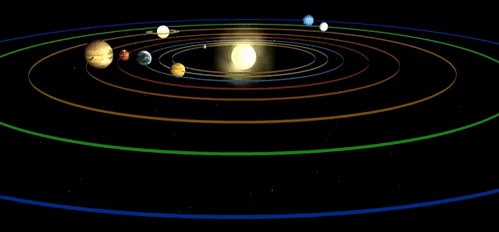
When the electron jumps from a low track to a high orbit, it must absorb the corresponding energy
If a group of atoms are in the state -base state, at least they need to absorb energy to inspire electrons to the second track. If the energy of a photon does not reach this value, the atom will not absorb the photon, the energy of the atom remains unchanged, and of course the speed will remain unchanged.
Only when the energy provided by the incident photons is enough at an atom to have a energy -level transition, the atom will absorb the photon and follow the law of conservation of the momentum, which will cause the speed of the atom to change.
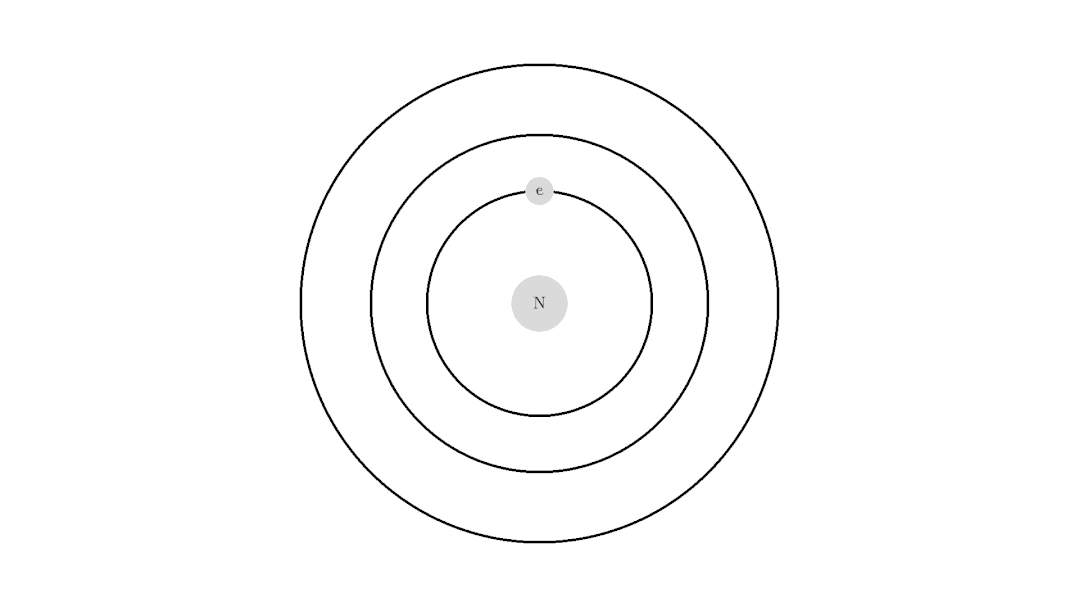
Well, the idea of solving the key issue in front of it is: as long as you find a way to make the photon energy facing the movement atoms greater, let the light of the photon chasing the movement atom in the athletes be smaller!
So, how can this be done?
The Doppler effect is here to save the field!
We have such experience. When the train comes from a distance, its whisper is higher, and when it stays away from us, the sound becomes low. This is the Doppler effect of the sound.
And light also has a similar effect. When the receiver is relative to the light source, the acceptance frequency caused by Doppler is
Among them, the relative rate between the receiver and the light source.
It can be seen that for the atoms facing light, the frequency of light is greater, so the energy is higher; for those atoms with the same direction with the light, the frequency of light is smaller, so the energy is lower.
In this way, we have a way:
As long as the frequency of laser is smaller than the frequency of the photon that can be absorbed by the atom!
Specifically, for the frequency of adjusting the laser to the atom to cool to a suitable value, the frequency of the photons accepted by the atom that faces the optical movement meets the requirements of the atomic energy level transition, the photon is absorbed and the speed of the atom is reduced.
For atoms that move along the direction of light, due to the Doppler effect, the energy of the photon does not stimulate the electrons to reach a higher orbit, so the atom does not absorb the photon and avoids the atoms from accelerating.
If laser is incorporated from multiple directions, no matter which direction in the atom, it always absorbs the photon that comes on the face. Therefore, in each scattering, the atom will lose momentum and reduce the speed. These atoms are like "sticky syrup", and their movements are constantly obstructing until they are almost still.
There are many different technologies for laser cooling. The most important principle is the Doppler effect, so laser cooling is also called Doppler cooling. Cooling through Doppler, people successfully cooled the 铷-85 atom to the low temperature of 150 slightly.
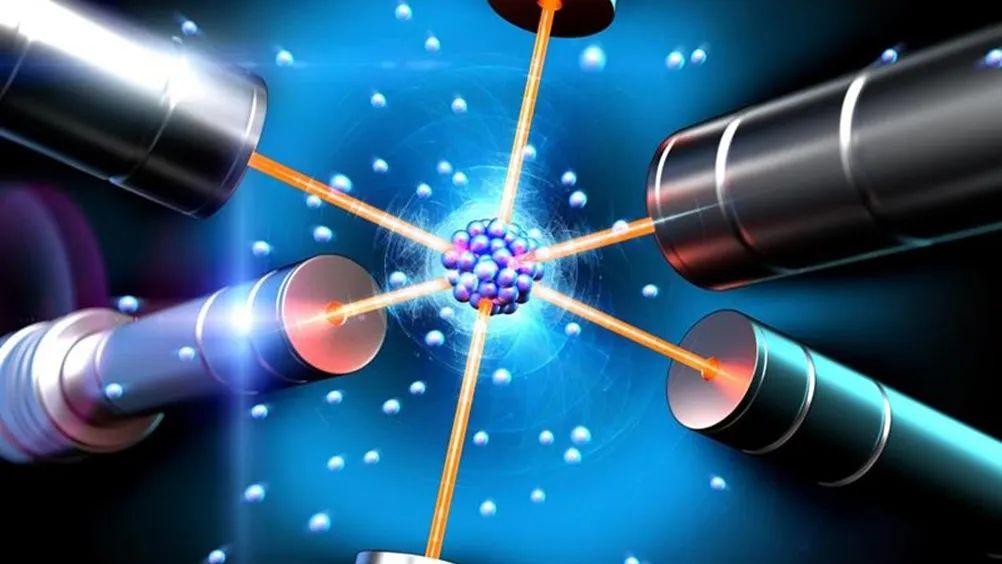
In modern physics research, laser cooling atoms are a very important technology. In 1997, the Nobel Prize in Physics was awarded Cohen-Tannoudji, Steven Chu, and Daniel Phillips because they developed "the method of laser cooling and capture atoms."
Reprinted content only represents the author's point of view
Does not represent the position of the Institute of Physics of the Chinese Academy of Sciences
If you need to reprint, please contact the original public account
Source: University Physics
Edit: Tibetan idiot
- END -
Chenzhou Zixing: Open the "last mile" of pension services
Chenzhou Daily All Media Reporter Xiao Peishan Li BinIn mid -June, the summer heat moved, and the green trees in the Kangyang Center of Sandu Town, Zixing City, Chenzhou became shaded. The old people